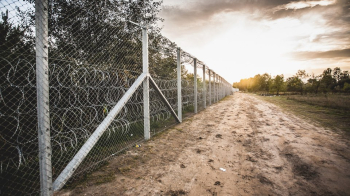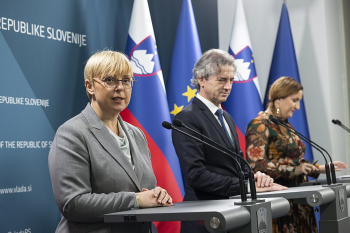
The number of farms in the European Union (EU) has declined significantly over the past decade, according to recent data. In 2020, there were an estimated 9.1 million farms in
the EU, representing a decline of approximately 37% from 2005. The decline in some types of farms has been more significant than others, with 2.6 million fewer mixed farms, 1.6 million fewer livestock specialist farms, and 0.9 million fewer crop specialist farms in 2020 than in 2005.
Farms in the EU can be classified based on the activities that generate the most income. Some farms earn income from diverse activities, while others specialize mainly in crops or livestock. Specialized farming refers to a situation where one activity accounts for at least two-thirds of a farm's total standard output.
In 2020, approximately 58% of all farms in the EU were categorized as specialist crop farms. Of these, just over one-third specialized in field cropping, while one-fifth specialized in permanent crops, and 2% specialized in horticulture. Specialist livestock farms accounted for just over one-fifth of the EU's farms, with dairying being the most common type of specialization (5% of all farms), followed by cattle-rearing and fattening, poultry, and sheep, goats, and other grazing livestock (each 4%). Just under one-fifth of all farms in the EU were mixed farms, meaning that they had multiple crops and/or livestock without a single activity making up at least two-thirds of standard output. Some farms (1% of the total) could not be classified because they are subsistent in nature or because they produce goods for which no standard output can be calculated.
According to data, half of the EU's utilized agricultural area (UAA) was found on crop specialist farms, while approximately one-third was on livestock specialist farms, and the rest was on mixed farms. The share of UAA managed by each specialisation type strongly correlated with the number of farms by type of specialisation at the country level. For example, high proportions of crop specialist farms were observed in many Eastern European countries such as Bulgaria, Hungary, and Romania, as well as in Mediterranean countries like Greece, Malta, and Croatia. This often reflected favourable conditions for growing particular kinds of cereals, fruit and/or olives. Specialist livestock farms were more prevalent in several countries in northwest Europe, such as Luxembourg, Ireland, and the Netherlands.
The decline in the number of farms in the EU over the past decade has implications for agricultural production and food security. Fewer farms mean fewer sources of food production, and it may also affect rural communities and economies that depend on agriculture for their livelihoods. The EU will need to develop policies that promote sustainable farming practices and encourage younger generations to take up farming.
In conclusion, the data reveals a significant decline in the number of farms in the EU over the past decade. While the decline in some types of farms has been more significant than others, the overall trend has implications for agricultural production, food security, and rural communities. The EU will need to develop policies that support sustainable farming practices and encourage younger generations to take up farming to address these challenges.

















